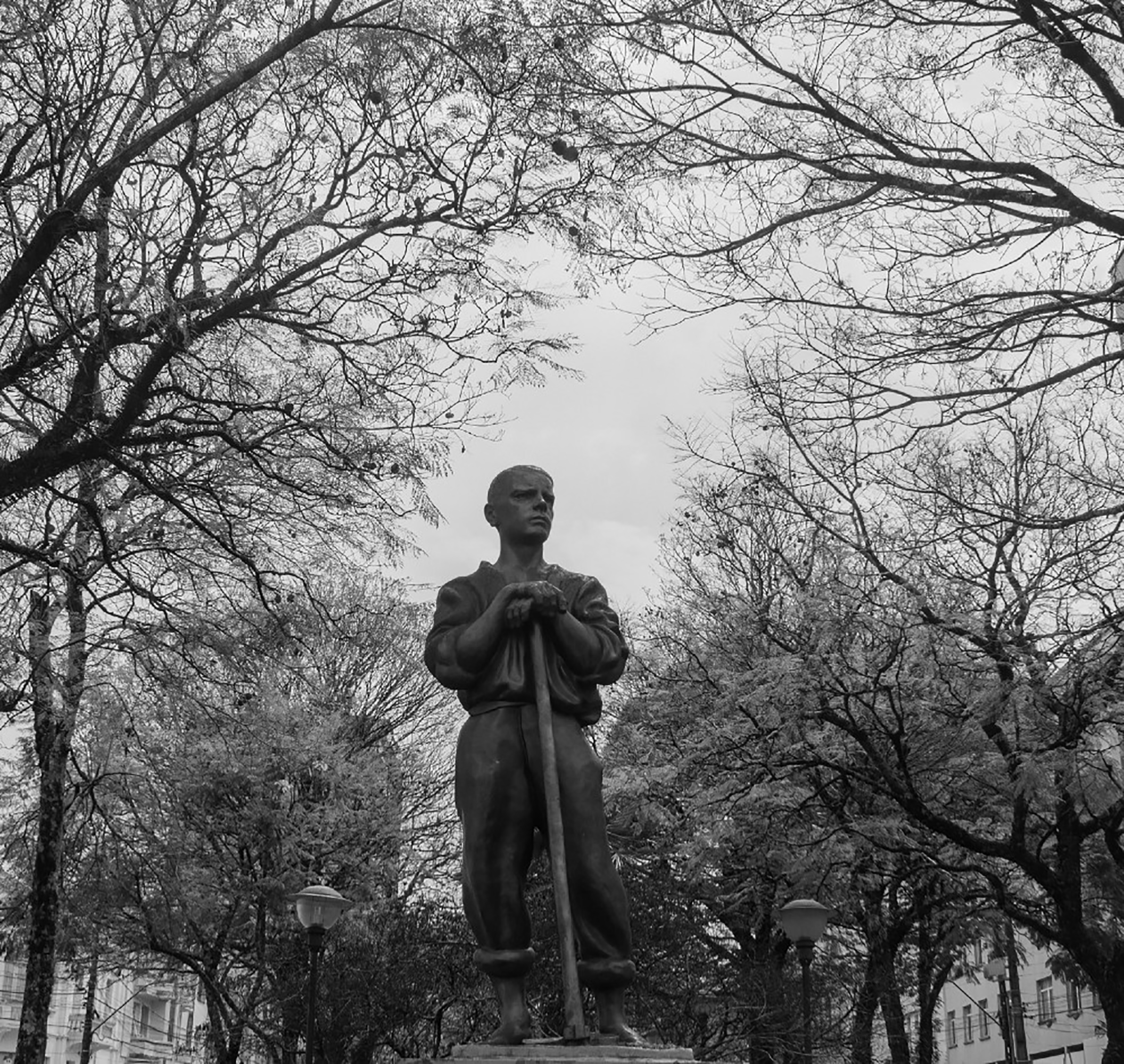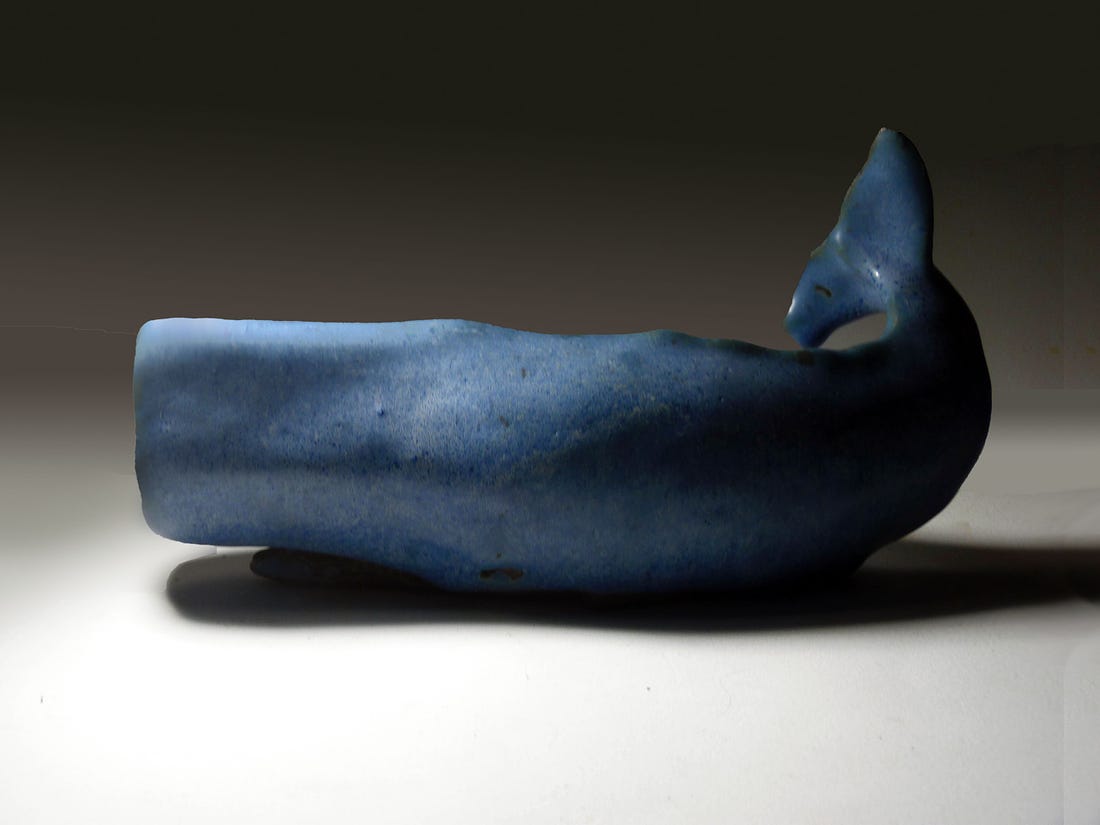The Power and the Beauty of the Working Class

mateus-campos-felipe — unsplash
The Present State of the Of the Working Entrepreneurial Class
Once there was a popular phrase for a conceptual ideal. It was “to earn a living doing what one loves”, but that phrase was replaced with the concept of winning the quality job lottery wherein one works for higher pay and benefits than those who are subsidizing the quality job.
To earn a living doing what one loves means to be engaged in one’s income-producing work as a meaningful activity.
As earning a living doing what one loves fell by the wayside, the phrase was deleted from the ensuing versions of the NewSpeak promoted by the overlords and masters of the new world order. It is much easier to rate the quality of something when there is only one criterion to satisfy and it is best when the singular criterion is that in which the overlords excel, monetary measures.
Today the most popular term for the smallest size business is “side hustle”. It represents an escape route from a life perceived to be doomed to working a job, quality, or otherwise. It means working for oneself- becoming an entrepreneur.
“Side-hustle” means individualized independence but it misses the meaning of making a living doing what one loves to do.
The side hustle terminology is bad branding of the partitioner’s own making. It is called a “side” hustle because the practitioner develops a business on the side while he/she works a job. The naming of the activity is generated from within the hierarchial world rather than centered in its own ground.
”Hustle” is the worst part of the term, evoking a hustler associated with dubious motivations and not quite trustworthy. The term suggests something that is done only for money, with no other purpose
However, the lack of a linguistic signifier does not mean the un-signified does not exist. the un-signified retreats from the pod and becomes nearly invisible as a single seed, that by fortunate happenstance is watered by a passing storm and grows.

Today there is a resurgence of interest in the Luddites, a long-dormant movement that understood how to effectively brand itself using the legends of its own culture.
Adrian Randall, writing in the Forward of Writings of the Luddites edited by Kevin Binfield observes that whatever success that the Luddites had was helped by the fact that they called themselves the Luddites. If they had not done so the movement would likely have been branded in a more negative fashion by its detractors. As the use of the name expanded across a large territory, it was difficult to determine if the movement was a singular unified organization or many organizations loosely knit together in a name, which worked in the Luddite’s favor.
Still, two centuries later the motivational purpose of the Luddite movement had been reduced in popular telling to the misconception that the movement was formed as a rejection of technology when actually it was motivated by establishing rules of labor relations to power and money in a world that was then, as now, being transformed by technology. The initial movement attempted to work through Parliament. After a time negotiating efforts turned violent and the acts of violence became instrumental in the rebranding of the Luddites as against technology in and of itself.
The Luddites were forward-thinking and conscientious about technology as it interacts with the quality of life and social justice and is part of a long tradition that dates back to the craft guilds of the Bronze Age and is ever-present among us, even if hidden.
In Writings of the Luddites, Kevin Binfield tells us:
I decided to begin work on this book in 1992 after reading E. P. Thompson’s statement of purpose in The Making of the English Working Class: ‘‘I am seeking to rescue the poor stockinger, the Luddite cropper, the ‘obsolete’ hand-loom weaver, the ‘utopian’ artisan, and even the deluded follower of Joanna Southcott, from the enormous condescension of history’’ (p. 12)
The Making of the English Working Class tells the story of my ancestral heritage from my English mother’s side of the family. Mother did not tell us much but she did say that we come from a long line of crafters on her side of the family.
My mother was raised in London. My father grew up on a farm in Iowa and both attended art schools where they encountered a snobbish culture. It was no accident that Weston and Brenda Andersen formed a business to create a handmade product affordable to the middle class. They wanted to make a better world for the middle classes, at a unique moment in history when the middle was the dominant class.

Writing in 1963, E.P. Thompson has this to say about class:
If we remember that class is a relationship, and not a thing, we can not think in this way. “It” does not exist, either to have an ideal interest or consciousness, or to lie as a patient on the Adjustor’s table. Nor can we turn matters upon their heads, as has been done by one authority who (in a study of class obsessively concerned with methodology, to the exclusion of the examination of a single real class situation in a real historical context) has informed us:
Classes are based on the differences in legitimate power associated with certain positions, i.e. on the structure of social roles with respect to their authority expectations . … An individual becomes a member of a class by playing a social role relevant from the point of view of authority …. He belongs to a class because he occupies a position in a social organisation; i.e, class membership is derived from the incumbency of a social role. R. Dahrendoff, Class and Class Conflict in Industrial Society (1959), pp. 148-9′
The question, of course, is how the individual got to be in this “social role”, and how the particular social organisation (with its property-rights and structure of authority) got to be there. And these are historical questions. If we stop history at a given point, then there are no classes but simply a multitude of individuals with a multitude of experiences. But if we watch these men over an adequate period of social change, we observe patterns in their relationships, their ideas, and their institutions. Class is defined by men as they live their own history, and, in the end, this is its only definition. The Making of the English Working Class pg 11
The definition of class as given by E.P. Thompson goes straight to the heart of why my parents chose their unique path. They were a single real class situation in a real historical context, following the footprints of their own history. and re-reinventing a working culture as real practitioners, not as opaque boards removed from direct contact with the lived experience.
The words quoted from R. Dahrendoff, Class and Class Conflict in Industrial Society describes well what I encountered in 2017 when I approached the Joint Economic Development Council of Boothbay and Boothbay Harbor with a Museum concept that was consistent with the recommendations in the report by the New York consultants hired by the JECD to create a plan for the region.
At the time I attempted to engage the Council with my vision for an Andersen Design Museum of American Designer Craftsmen, the museum was a fiscally sponsored project of Fractured Atlas but was I told that the council could do nothing to help “individual businesses” and advised to get help from my own peer group. In essence, I was told that my peer group was not qualified to engage in a conversation with the Council, resonating with the cultural attitudes challenged by the London Society of Correspondence in 1792.
E.P. Thompson writes that “In the years between 1780 and 1832 most English working people came to feel an identity of interests as between themselves, and as against their rulers and employers.”
In the first month of its existence the society debated for five nights in succession the question-“Have we, who are Tradesmen, Shopkeepers, and Mechanics, any right to obtain a Parliamentary Reform?” -turning it over “in every point of view in which we were capable of presenting the subject to our minds“. They decided that they had. The Making of the English Working Class E. P. Thompson 1963 (emphasis by Mackenzie Andersen)
The question to ask is correctly stated by Mr. Thompson as “how the individual got to be in this “social role”, and how the particular social organization (with its property rights and structure of authority) got to be there, an ongoing inquiry in this newsletter frequently focusing on the legislative acts that have created the contemporary wealth and cultural divide.

Early on my parents won awards on the institutional circuit but they stopped entering competitions when they started their own business and never looked back, except in those moments of philosophical soul searching when my Dad said “Maybe I should have gone the corporate route” and I responded, ”but then we wouldn’t have this!”.
At Pratt Institute, my Dad won awards that resulted in several corporate job offers channeled through a professor with whom my father had a difficult relationship. Dad attributed the difficulty to an aversion held by the professor to Dad’s farm country background. The professor said he would give Dad the job offers after graduation but left town without doing so. Dad wondered how life might have turned out if he had received those opportunities but I suspect his path would not have been very different. I believe Dad did exactly what he wanted to do, living in truth to his own background. He preferred the farm, the ceramic production as an artform in a home, breaking the mold as he created with molds.

The Making of the English Working Class, first published in 1963, speculates about a future that is now the past:
Moreover, this period now compels attention for two particular reasons. First, it was a time in which the plebeian movement placed an exceptionally high valuation upon egalitarian and democratic values. Although we often boast our democratic way of life, the events of these critical years are far too often forgotten or slurred over. Second, the greater part of the world today is still undergoing problems of industrialization, and of the formation of democratic institutions, analogous in many ways to our own experience during the Industrial Revolution. Causes which were lost in England might, in Asia or Africa, yet be won. The Making of the English Working Class E. P. Thompson 1963
The sentence “First, it was a time in which the plebeian movement placed an exceptionally high valuation upon egalitarian and democratic values.” is an apt description of middle-class values that existed at the time Andersen Design was born, and so the cause of the plebeian movement was not lost in America in 1952, but rather it is an age-old battle that every generation takes up anew echoing Ben Franklin’s famous words in answer to the question, what did the founders create?: “A republic if you can keep it.”
America declared its independence in 1776. The French Revolution followed in the next decade and sixteen years later the London Corresponding Society was formed by the English working entrepreneurial classes- tradesmen, shopkeepers, and mechanics- my maternal ancestors, and the original Luddites before they were called Luddites.
Being located in London rather than a region formed around a few industries meant the London Correspondence Society was an eclectic movement that engaged an innovative debate through its need to include diverse factions.
At one end, then, the London Corresponding Society reached out to the coffee-houses, taverns, and Dissenting Churches off Piccadilly, Fleet Street, and the Strand, where the self-educated journeyman might rub shoulders with the printer, the shopkeeper, the engraver, or the young attorney. At the other end, to the east, and south of the river, it touched those older working-class communities-the waterside workers of Wapping, the silk-weavers of Spitalfields, the old Dissenting stronghold of Southwark.
….Popular movements in London have often lacked the coherence and stamina which results from the involvement of an entire community in common occupational and social tensions. On the other hand, they have generally been more subject to intellectual and “ideal” motivations…..London Radicalism early acquired a greater sophistication from the need to knit diverse agitations into a common movement. New theories, new arguments, have generally first effected a junction with the popular movement in London and traveled outwards from London to the provincial centers.The Making of the English Working Class E. P. Thompson 1963 pg 20
The London Society of Correspondence had a low weekly subscription. The Society had a rule that is commonplace today but radical for its times “That the number of our Members be unlimited.”.
Above all, there is the determination to propagate opinions and to organize the converted, embodied in the leading rule: “That the number of our Members be unlimited.” Today we might pass over such a rule as a commonplace: and yet it is one of the hinges upon which history turns. It signified the end to any notion of exclusiveness, of politics as the preserve of any hereditary elite or property group. Assent to this rule meant that the L.C.S. was turning its back upon the century old identification of political with property-rights…..To throw open the doors to propaganda and agitation in this “unlimited” way implied a new notion of democracy, which cast aside ancient inhibitions and trusted to self-activating and self-organising processes among the common people. Such a revolutionary challenge was bound to lead on to the charge of high treason. The Making of the English Working Class E. P. Thompson 1963 pg 21
The founders of the London Society of Correspondence were tried and acquitted of high treason but by the end of the decade, the London Corresponding Society had been outlawed. Tom Paine’s Rights of Man was banned. Meetings were prohibited. Freedom and opportunity for the working class threatened the elite.